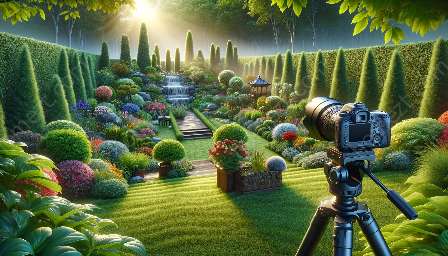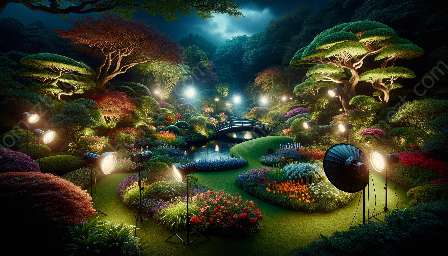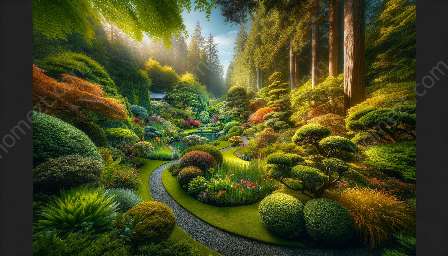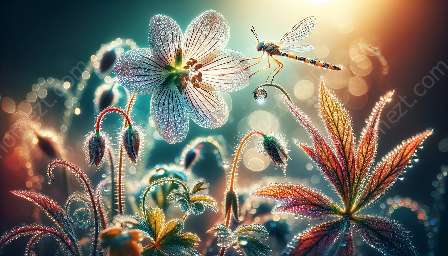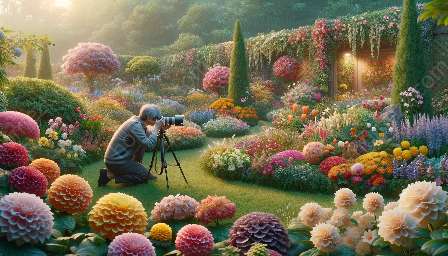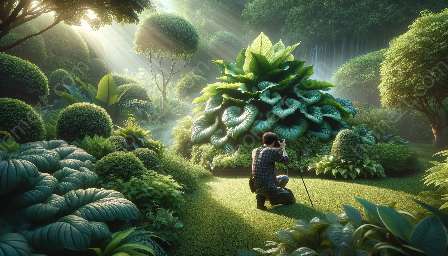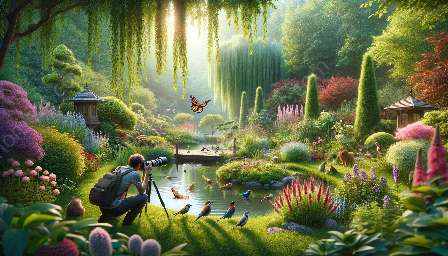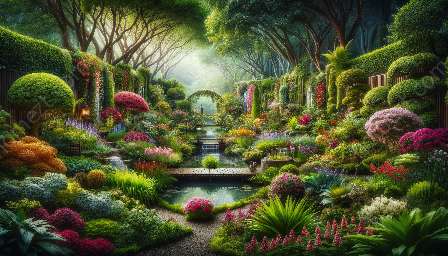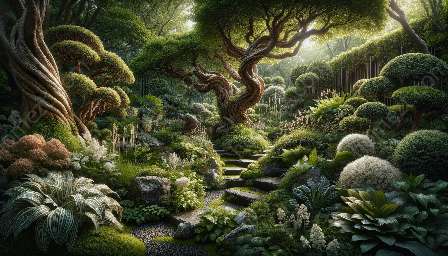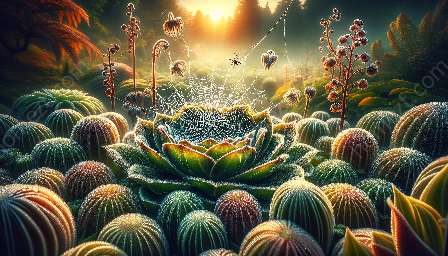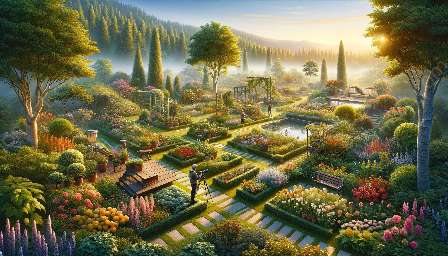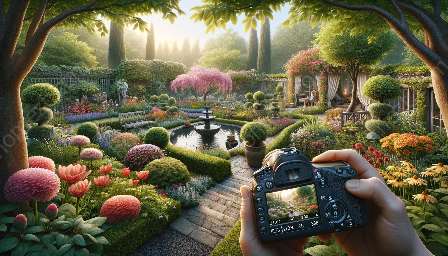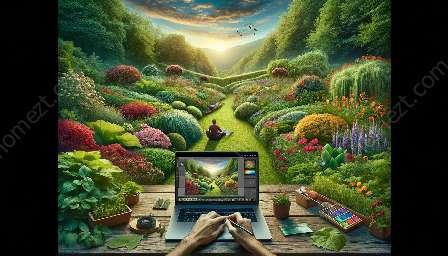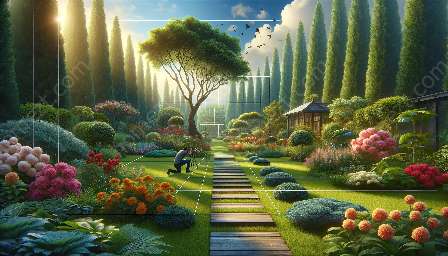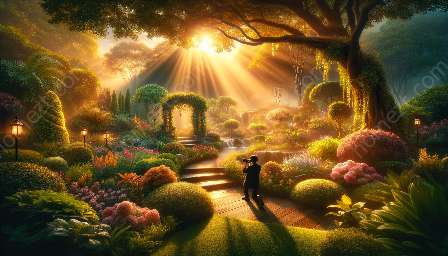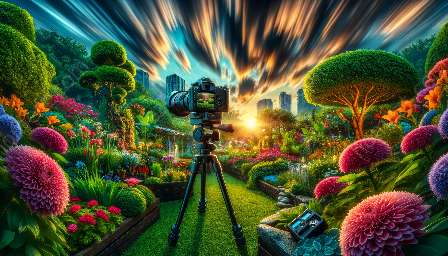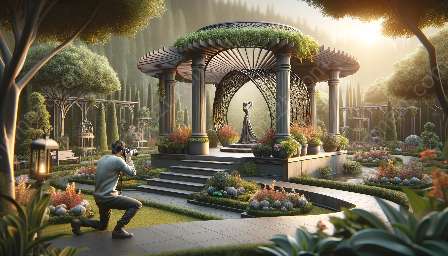As a photographer, having the right camera equipment is essential for capturing the beauty of gardens and landscaping projects. Whether you're a hobbyist or a professional, the right gear can make all the difference in achieving stunning results. In this comprehensive guide, we will explore the essential camera equipment needed for garden photography and landscaping, along with tips and techniques for capturing the perfect shots.
Essential Camera Gear for Garden Photography
1. Camera Body: A good quality DSLR or mirrorless camera with a high-resolution sensor is ideal for capturing the intricate details of flowers, foliage, and landscapes. Look for a camera with good low-light performance to capture the serene beauty of gardens in different lighting conditions.
2. Lenses: A versatile lens such as a wide-angle lens for capturing landscapes, a macro lens for close-up shots of flowers and insects, and a telephoto lens for capturing distant subjects, will provide you with the flexibility to explore various perspectives within a garden environment.
3. Tripod: For shooting in low-light conditions or capturing detailed macro shots, a sturdy tripod is essential for maintaining stability and getting sharp, focused images.
4. Filters: Polarizing and ND filters can enhance the colors and reduce glare in outdoor photography, allowing you to capture vibrant and stunning images of gardens and landscapes.
Accessories for Garden Photography
1. Camera Bag: Invest in a durable and weather-resistant camera bag to protect your gear while exploring different garden locations.
2. Remote Shutter Release: A remote shutter release can help minimize camera shake, especially when using a tripod for long exposure shots or capturing close-ups.
3. Lens Cleaning Kit: Keep your lenses free from dust, smudges, and water droplets with a quality lens cleaning kit to ensure crystal-clear images.
Photography Tips for Garden and Landscaping Projects
1. Composition: Look for interesting angles, leading lines, and unique perspectives to capture visually compelling images of gardens and landscaping designs.
2. Lighting: Pay attention to natural light and how it plays on the different elements within a garden. Early morning and late afternoon light can create beautiful, warm tones, while diffused light on overcast days can bring out details and colors in flowers and foliage.
3. Depth of Field: Experiment with apertures to control depth of field, creating a sense of depth and dimension in your garden photography. Use a wider aperture for isolating subjects and a smaller aperture for capturing landscapes with a greater depth of field.
4. Patience and Observation: Take the time to observe and understand the garden or landscape you're photographing. Patience is key in waiting for the right moment or the perfect light to capture the essence of the scene.
Gardening and Landscaping Equipment for Photographers
While capturing the beauty of gardens and landscaping, photographers can enhance their images by incorporating gardening and landscaping equipment into their compositions. Consider incorporating elements such as garden tools, decorative pots, pathways, and outdoor furniture to add a sense of context and scale to your photographs.
Final Thoughts
In conclusion, having the right camera equipment is crucial for capturing stunning garden photography and landscaping projects. By investing in quality gear and mastering essential techniques, you can create captivating images that showcase the beauty and artistry of gardens and outdoor spaces. With the right equipment and a creative eye, you can elevate your photography skills and capture the essence of nature in breathtaking detail.

